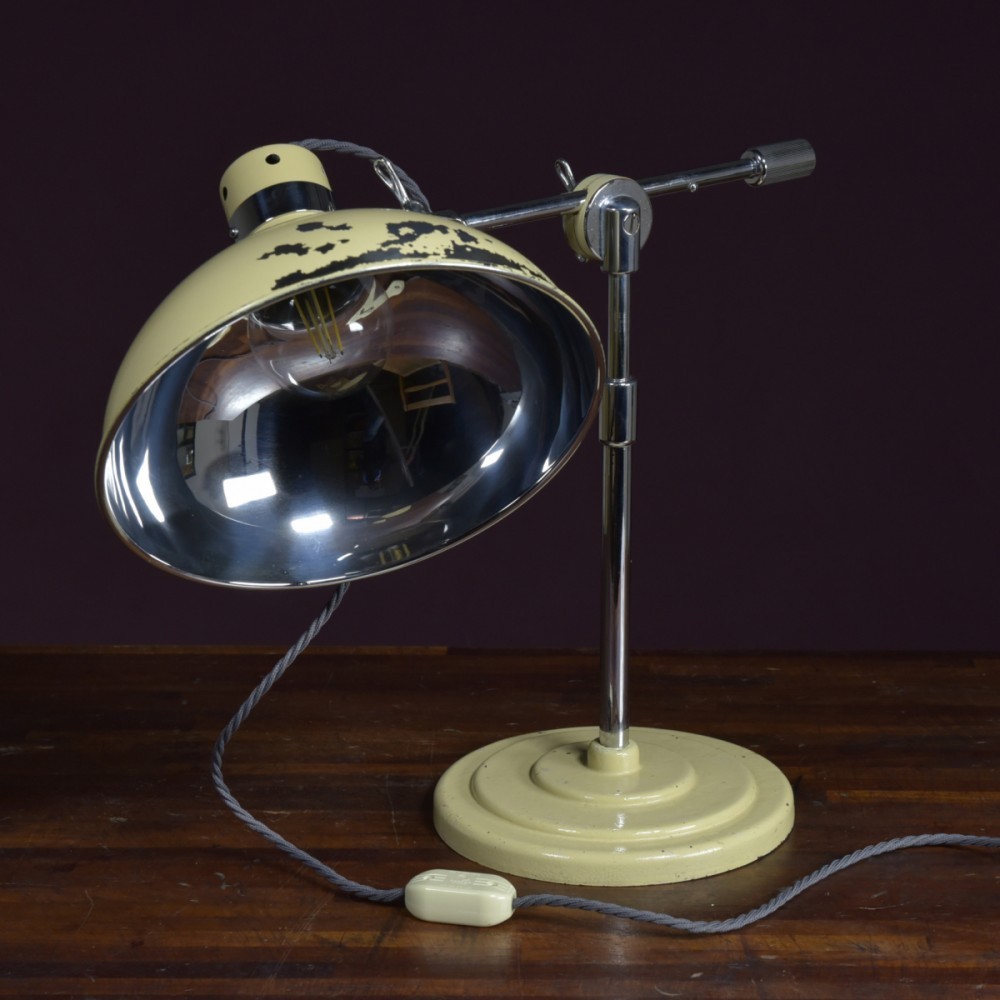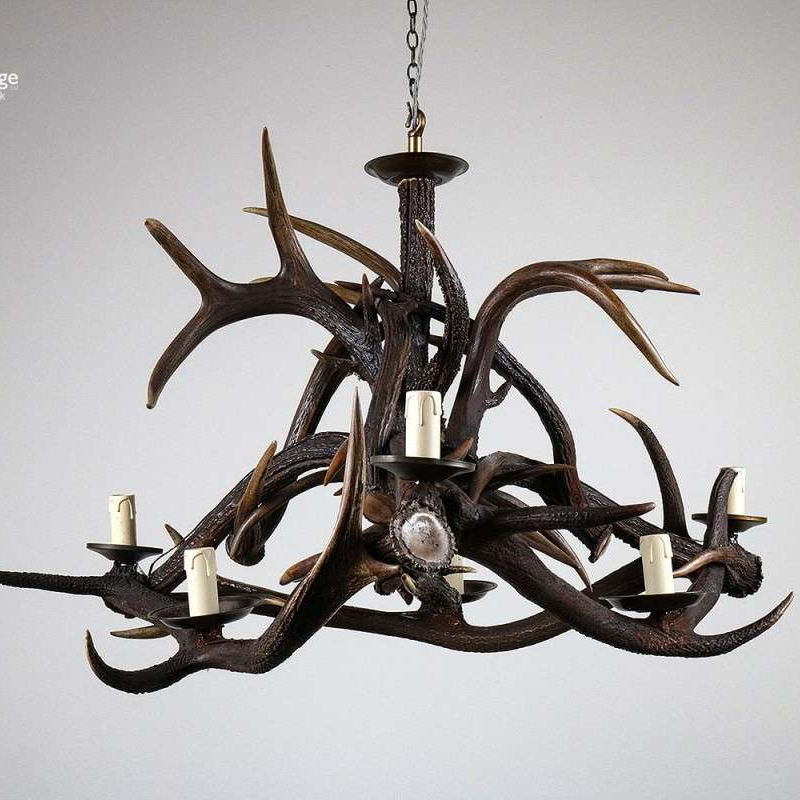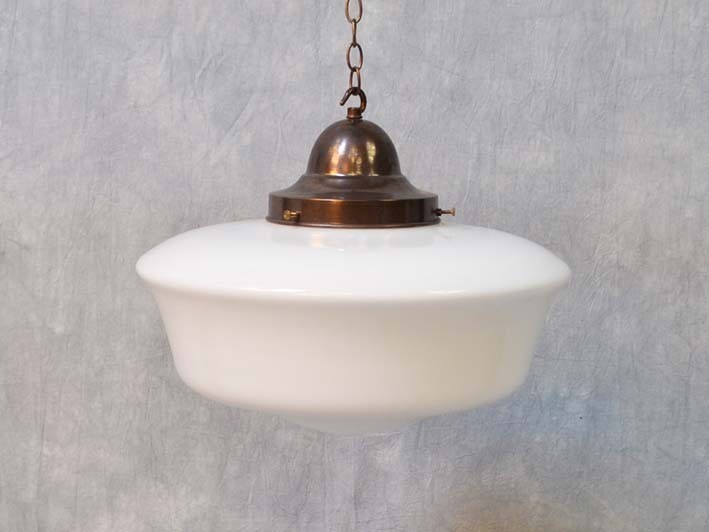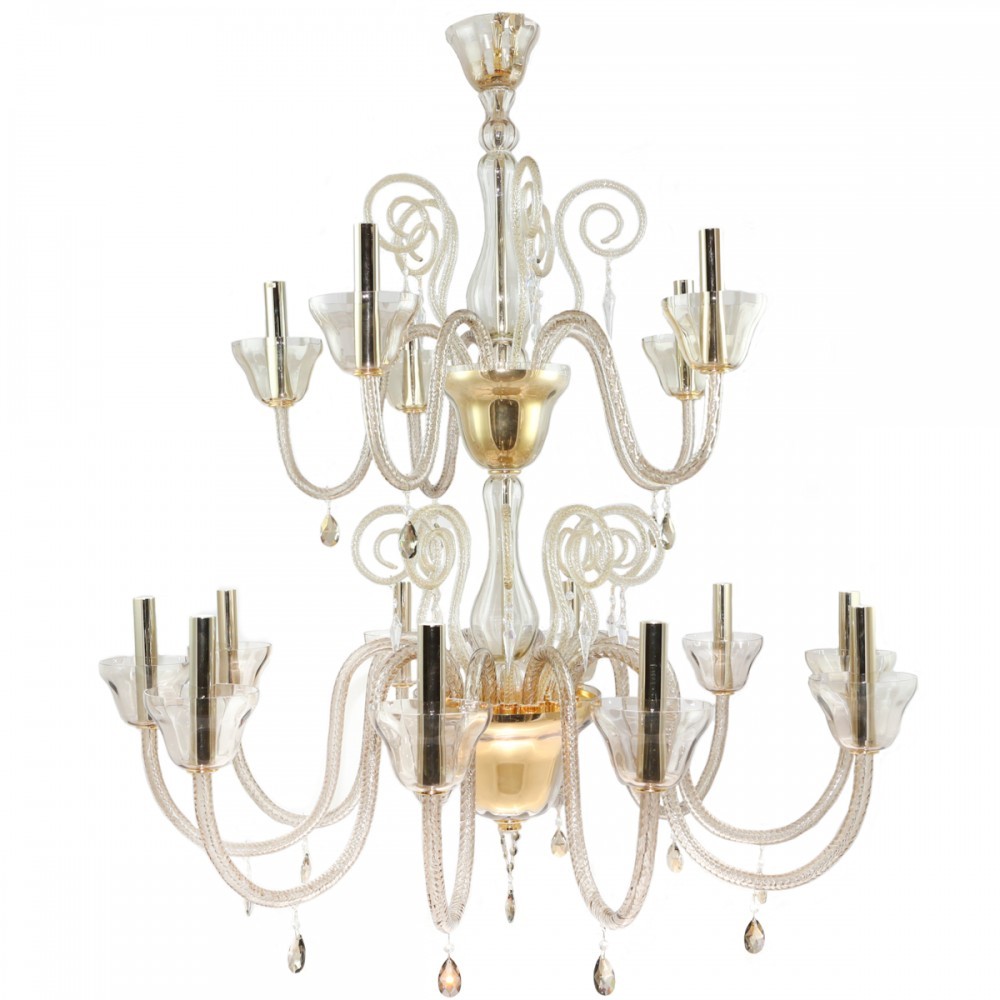Somerset, UK
Handy hints for buying and reusing antique lighting
• Old electric fittings and switches need to be adapted to modern standards
• With electric lamps this usually means replacing the bulb holder and flex and adding an earth wire
• Ask electricians to make old 'portable' lamps compliant with modern standards or adapt them yourself, but only if you are competent. When buying from a UK retail salvage yard or showroom, all electric appliances including electric light fittings for sale to the public, should by law have been repaired, adapted and safety-checked.
• Get a qualified electrician to instal a ceiling fitting or wall light, and provide a test certificate.
• Fit a new earth wire to old unearthed light switches
• If replacing old light switches, some salvage and antique lighting businesses sell reproduction period style switches such as 'jelly mould' and plainer lookalikes
• Old oil lamps for sale must have a label inidcating which fuel they use, e.g. spirit, paraffin, kerosene, petrol.
• Big old green-enamelled steel lampshades and glass school globe shades are good buys
• Bulbholders can be replaced with bayonet cap UK and French standard, or international Edison screw
• Old pendant fittings may no longer be able to have wiring cord supports which may be electrically unsafe so an alternative suspension system may be needed
• For everything you need to know about old gas lamps and gasoliers, and spare parts, there seems no better website than that of the history site of William Sugg & Co maintained by Chris Sugg (not linked here as the links and domains may change), and few better organisations than Hevac Heritage (ditto re links).
• To clean a crystal chandelier with glass drops, work from the top inside to outside, and gradually move down tier by tier. If dismantling to clean more thoroughly, photograph from many angles and label parts before taking apart.
• E27 and E14 are large and small screw fittings (invented by Thomas Edison in 1909) for standard screw bulbs in Europe. E11 is for candelabra bulbs. E39 is for larger street and factory lamps. BC (more accurately BA22d) bayonet bulb fittings (a system first used to attach bayonets to rifles) are, or were, common in the UK, Australia, India, Ireland and New Zealand.
• Incandescent or filament bulbs use more electrical energy per lumen of light compared to LED (light emitting diode) or CFL (compact fluorescent) bulbs. The extra cost of an LED bulb will save itself in electricity within one year, compared to an incandescent bulb, and it lasts ten times longer, although it does seem to take more energy to manufacture an LED bulb - not due to the LED but due to the package it is set into (an average six months use is needed for electric energy payback). Apart from being more energy efficient, LED bulbs are much less toxic than CFL bulbs which contain mercury and need to be disposed of as hazardous waste.
• By the way, the fashion for using new retro 40w-100w filament bulbs in old original or reproduction enamelled steel or aluminium lampshades, or industrial factory lights, especially in large numbers in retro-styled restaurants, is beginning to wane as they are seen as ostentatious wastes of electrical energy in these times of increasing climate change awareness. (Some estimates claim that a quarter of global warming is due to lighting.) Putting the lamps on dimmer circuits reduces the amount of light produced but does not usually reduce the amount of electricity used, since the triac used in the dimmers simply dissipates the unused electricity as sound and heat. It is hard to get at the facts about this, so if anyone has the scientific lowdown, please let us know. The good news is that LED filament bulbs are now available: bulbs which look like old fashioned retro filament bulbs where the filament is made from very low wattage LEDs.
Salvo: antique & reclaimed lighting for sale
Salvo directory
Story Type: Feature





